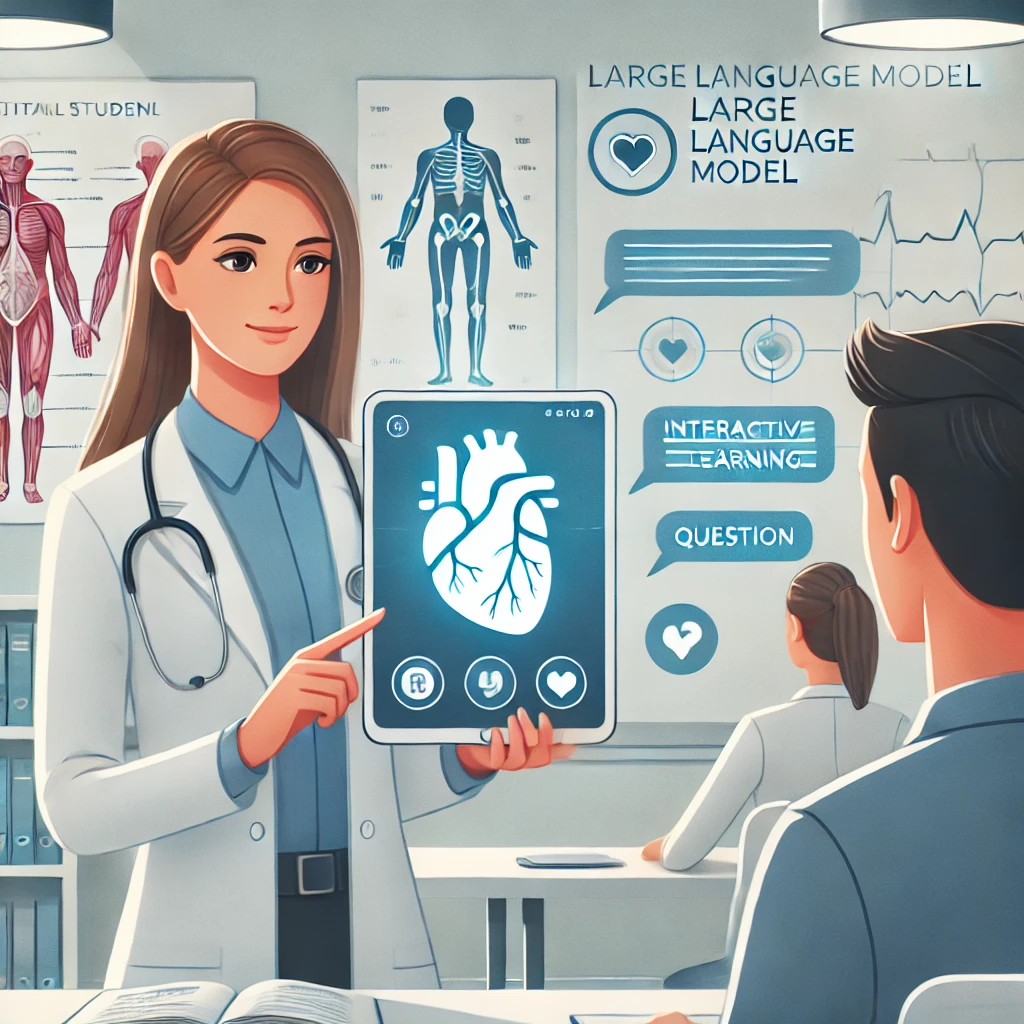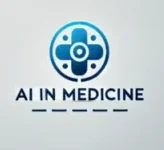
Published: March 2025
Generative AI
For decades, medical education has relied on a familiar trio: lectures, textbooks, and videos. While these tools have their place, today’s generation of students—digital natives immersed in interactive tech—need more dynamic, personalized learning experiences. Whether it’s ChatGPT, Claude, Gemini, or Perplexity, large language models (LLMs) are now powerful enough to do more than summarize concepts—they can simulate patient cases, explain complex physiology interactively, and even coach learners through clinical reasoning. But the key lies in how we use them.
This post explores how medical educators can harness AI to enhance their teaching—and how students can move beyond video tutorials into active, AI-assisted learning.
For Educators: AI as a Co-Instructor, Case Developer, and Feedback Engine
1. Simulate Realistic, Adaptive Clinical Cases
Instead of using static case studies, educators can prompt LLMs to generate interactive scenarios that evolve based on student input.
Example prompt for educators:
“Act as a clinical case simulator for third-year medical students. Create a case involving a 45-year-old male presenting with chest pain. Ask students for their differential diagnosis, provide evolving clinical signs, and prompt for decision-making at key points.”
You can adjust the difficulty level, inject rare complications, or tailor scenarios to specific learning objectives—on the fly.
2. Generate Quiz Banks and Flashcards with Rationale
AI can create assessment materials aligned with your curriculum and board-style formats.
Prompt:
“You are a medical educator preparing USMLE-style questions on nephrotic syndrome. Create 5 multiple-choice questions, each with an explanation for the correct and incorrect choices.”
This saves hours of prep while ensuring variety and clarity.
3. Offer Instant Feedback and Clarifications
Students often hesitate to ask questions during class. AI can provide on-demand clarification without judgment.
You can even train a custom GPT (available via ChatGPT Plus) to answer FAQs based on your lecture slides or textbook chapters—turning your AI into a personalized TA.
For Students: AI as a Coach, Explainer, and Learning Partner
1. Turn AI Into a Socratic Tutor
Forget passively watching videos. With the right prompts, students can engage in active learning conversations.
Prompt:
“I’m studying the coagulation cascade. Quiz me step by step and explain each concept I get wrong as if you’re a hematology professor.”
This encourages retrieval, critical thinking, and iterative learning, far more effective than re-reading a chapter.
2. Summarize Dense Material in Your Own Style
Students can ask LLMs to break down complex content at the right level of depth.
Prompt:
“Summarize this article on HFrEF for a second-year medical student. Then, rephrase it as bullet points for flashcards.”
Even better, they can ask follow-up questions to dive deeper or connect related concepts, building self-directed mastery.
3. Prepare for OSCEs and Clinical Rotations
AI can role-play a patient, simulate history-taking scenarios, or help draft SOAP notes for practice.
Prompt:
“Act as a standardized patient with abdominal pain. Let me take a history and then give feedback on my questioning.” Incorporating AI into OSCE prep helps students develop confidence in both clinical reasoning and bedside manners, safely.
Best Practices: Guardrails for Responsible AI Use in Medical Education
-
- Always verify facts with trusted sources like UpToDate or clinical guidelines.
-
- Avoid sharing any personal or institutional data, especially PHI.
-
- Use AI as a supplement, not a replacement. Clinical judgment and empathy can’t be outsourced.
And finally: teach students how to prompt. A well-designed prompt unlocks exponentially better output. Prompting fluency is fast becoming a core literacy for 21st-century clinicians.
A Glimpse Into the Future Classroom
Imagine a flipped classroom where AI helps students pre-learn material through dynamic Q&A.
Or simulation labs where students “treat” AI-powered virtual patients with changing vitals.
Or faculty who co-author custom GPTs tailored to their syllabus.
This isn’t science fiction. These tools exist today, it’s just a matter of integrating them wisely, ethically, and creatively.
